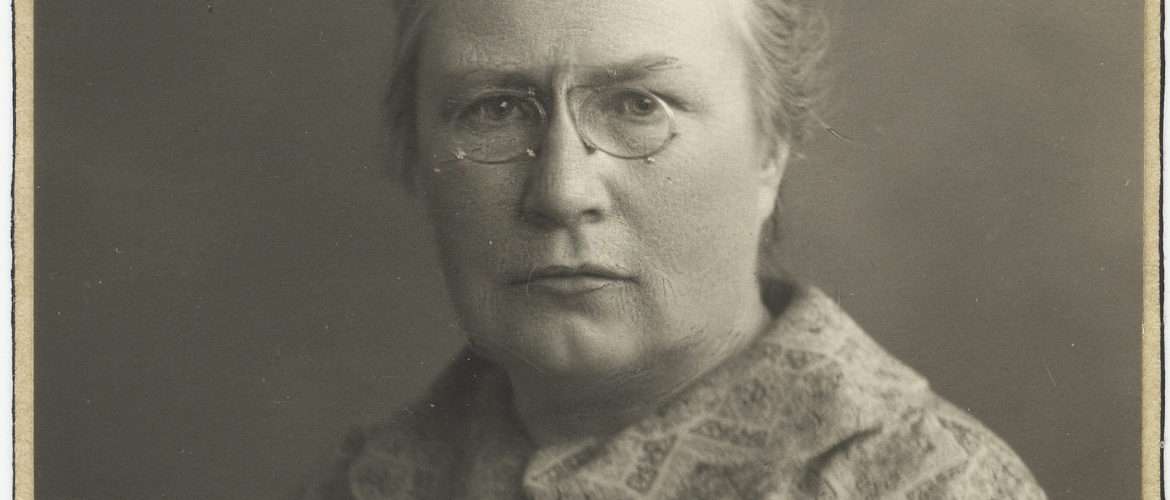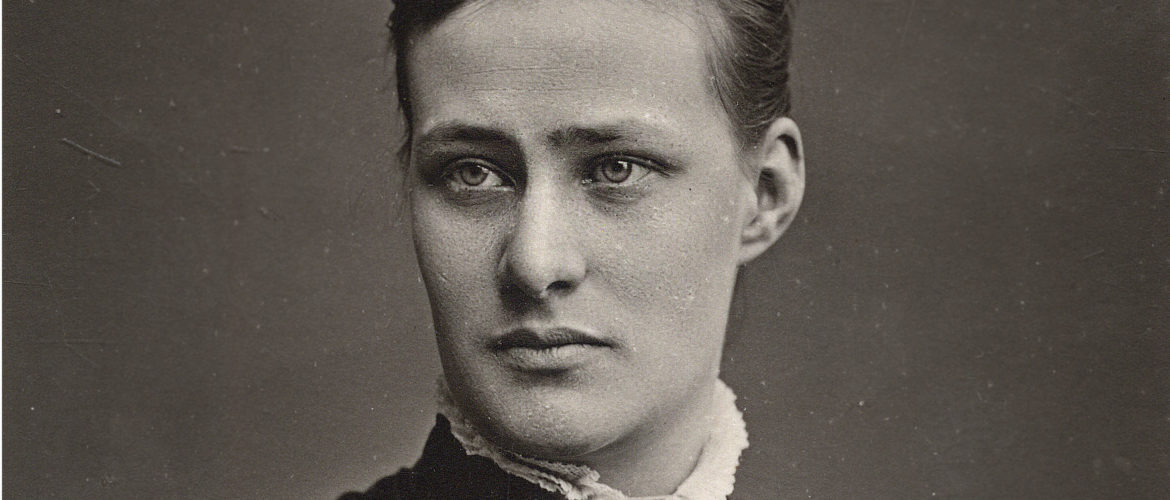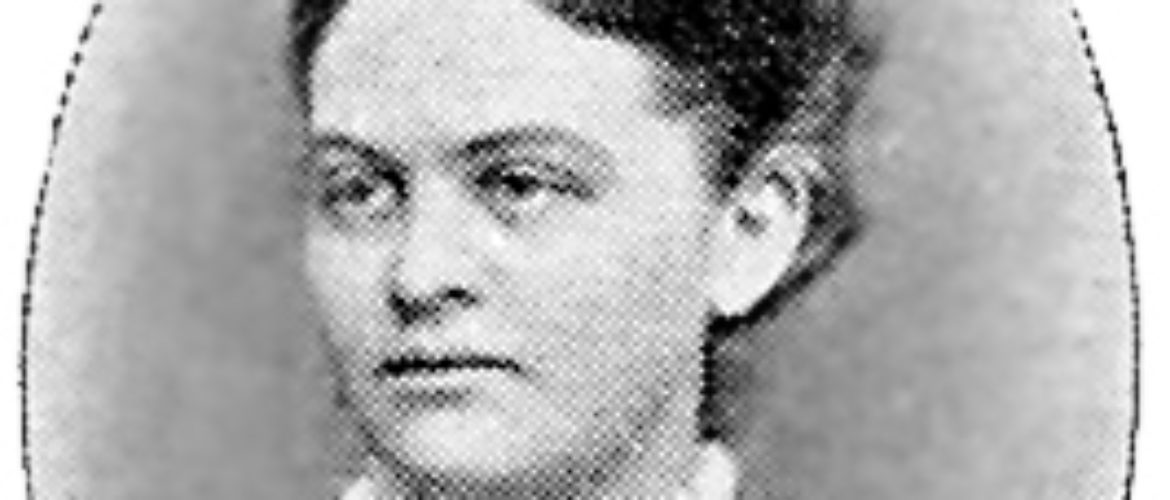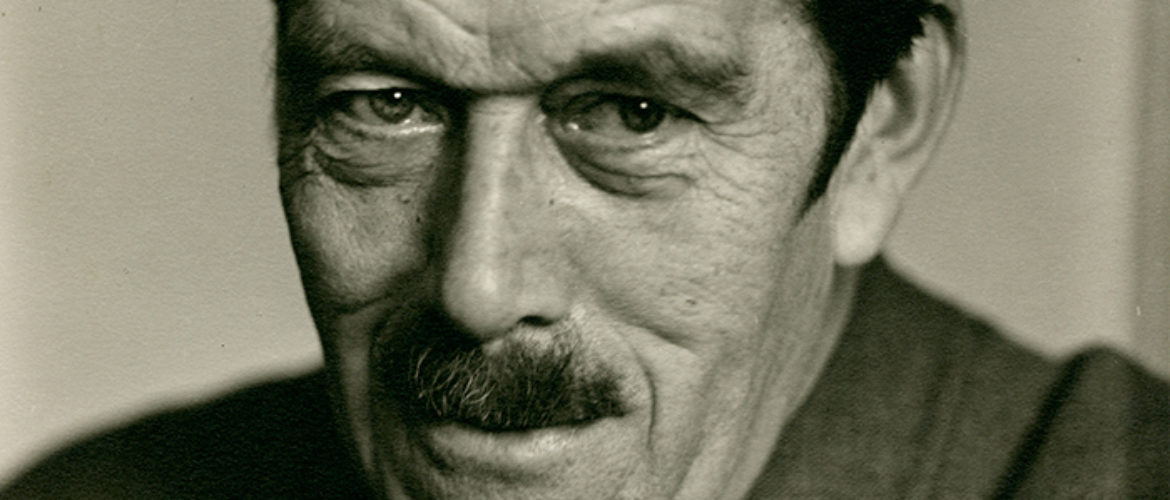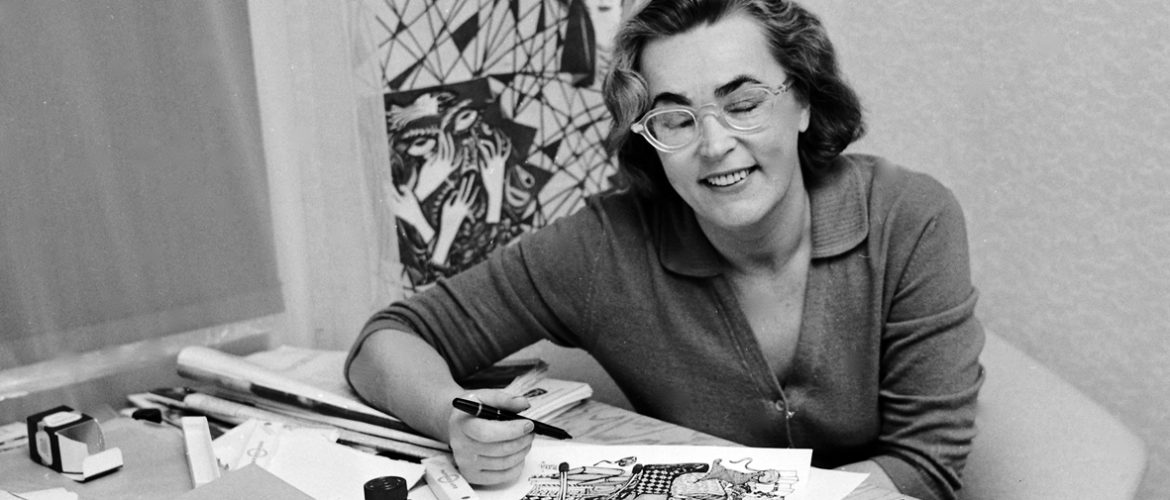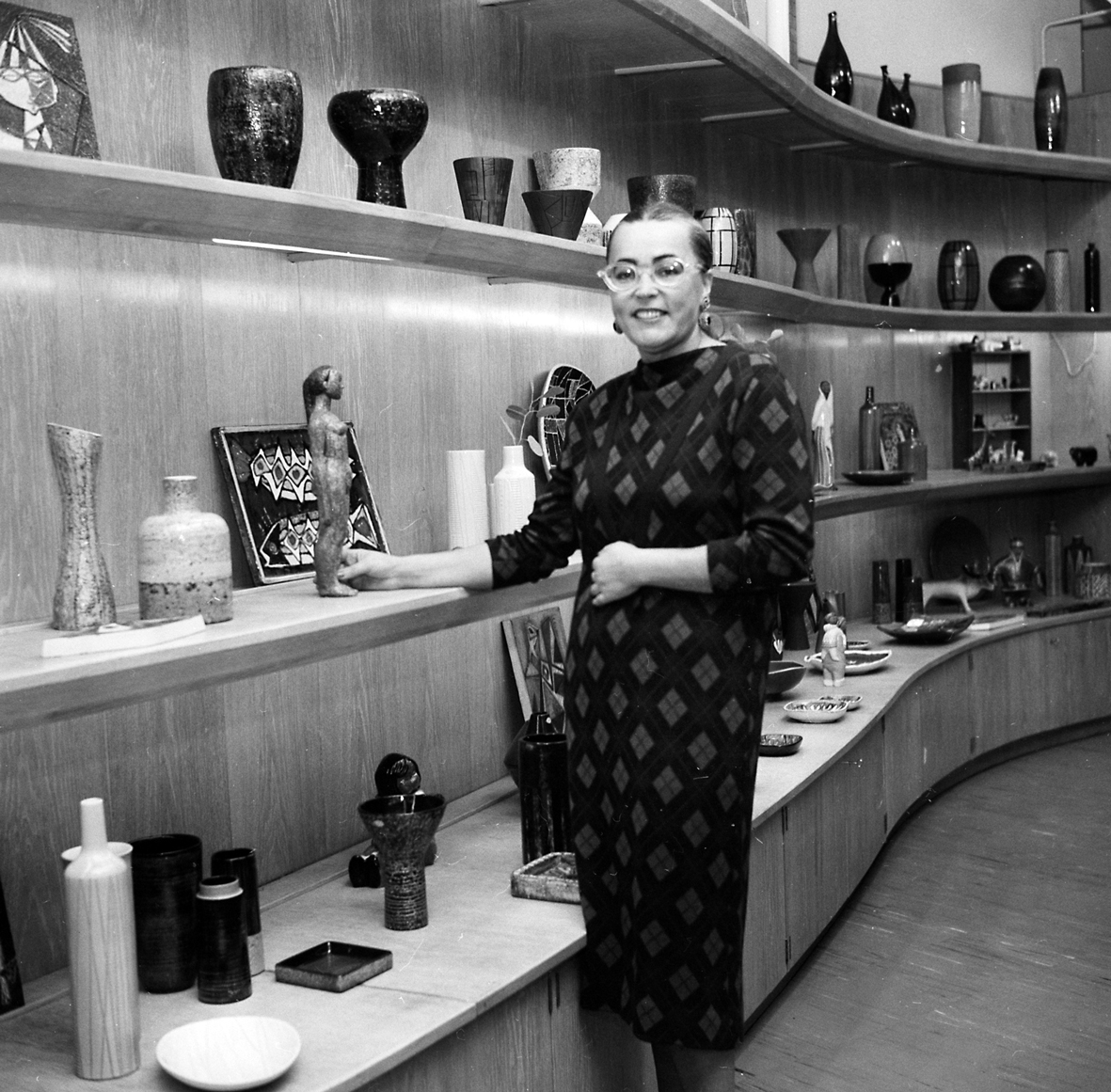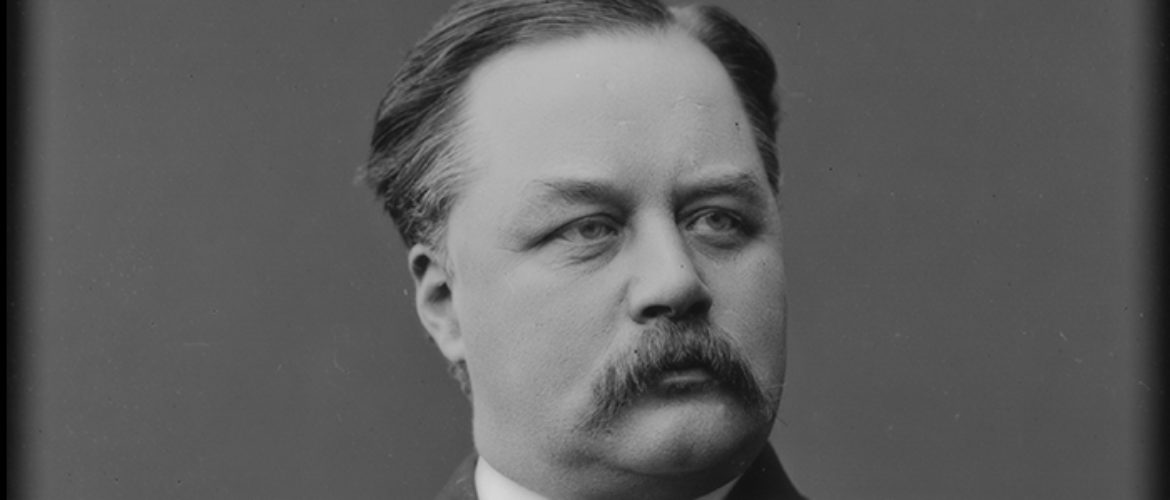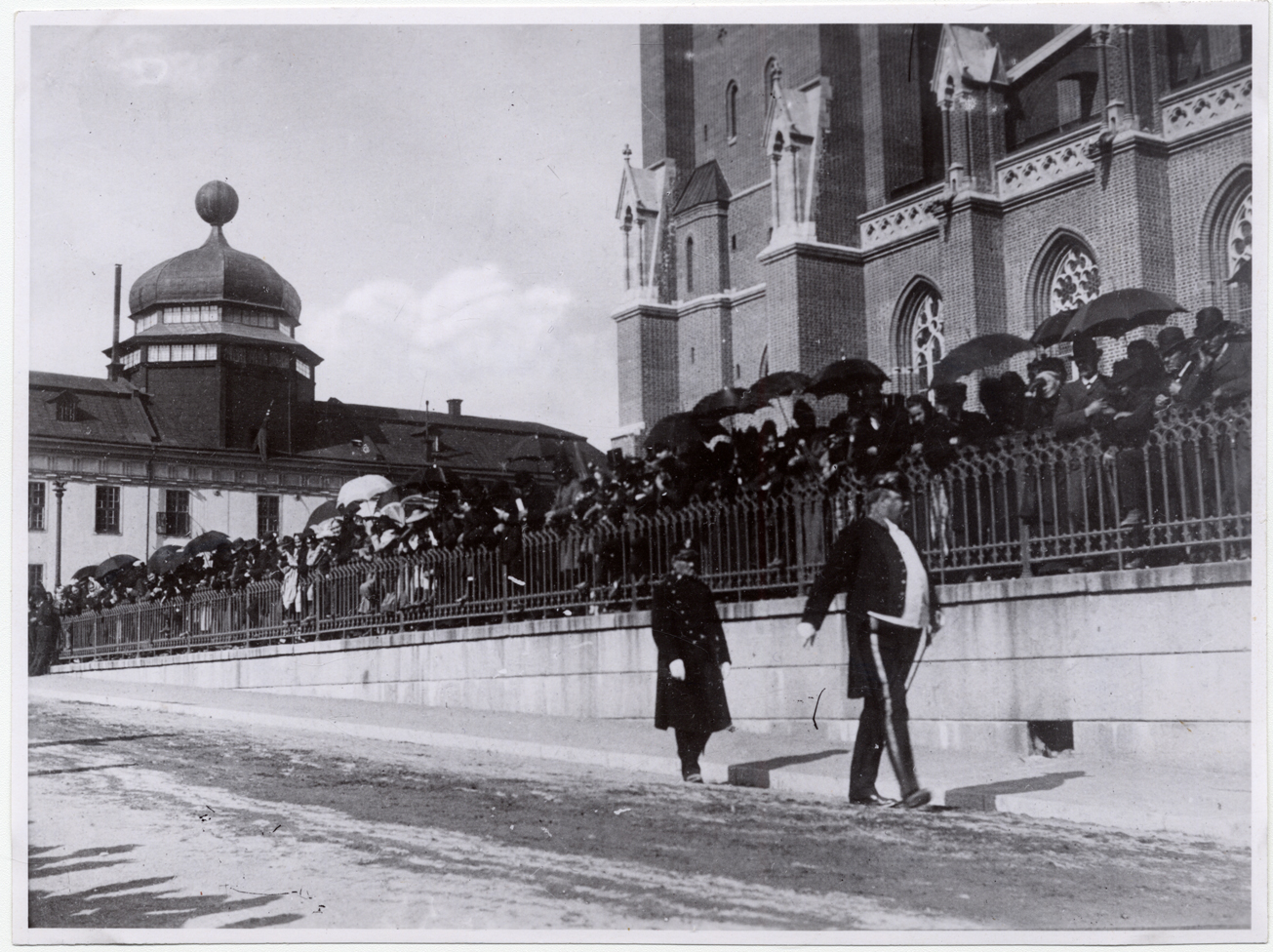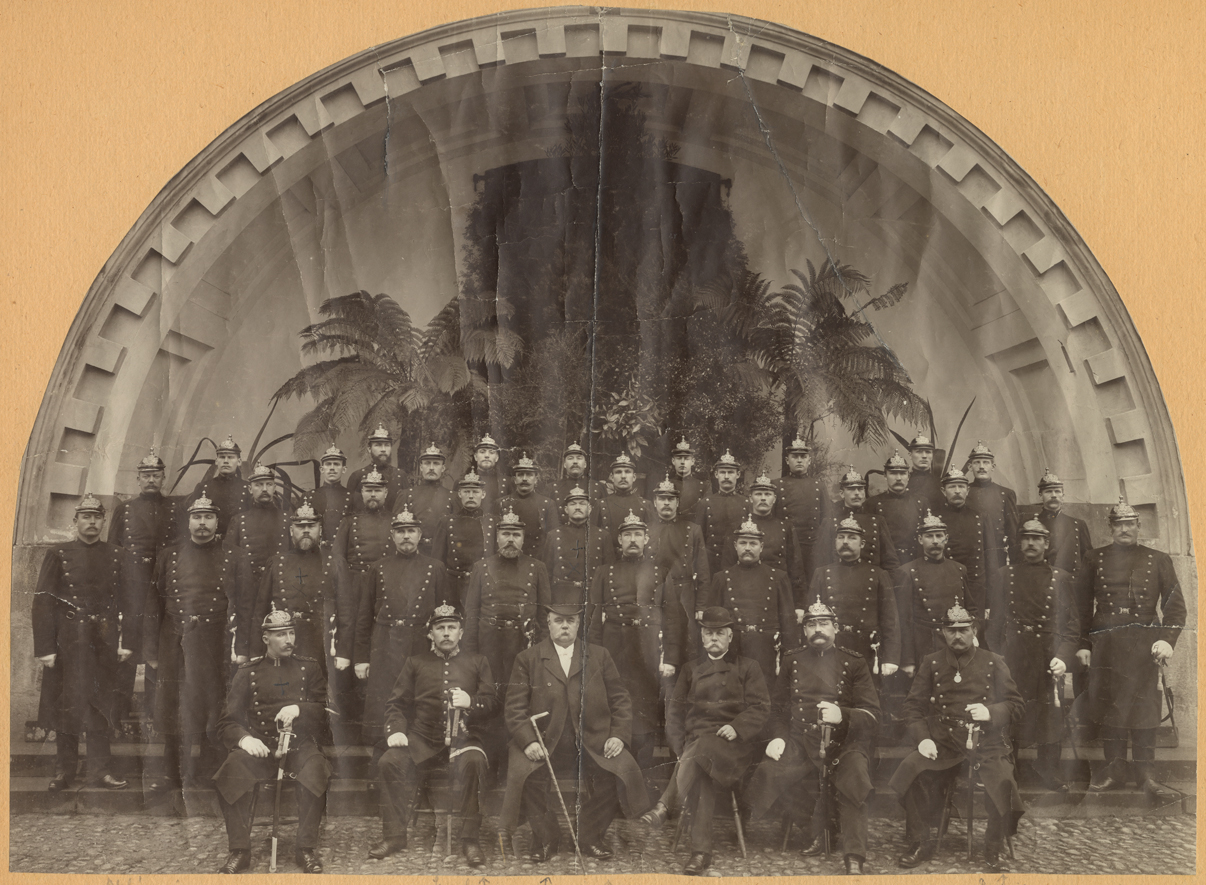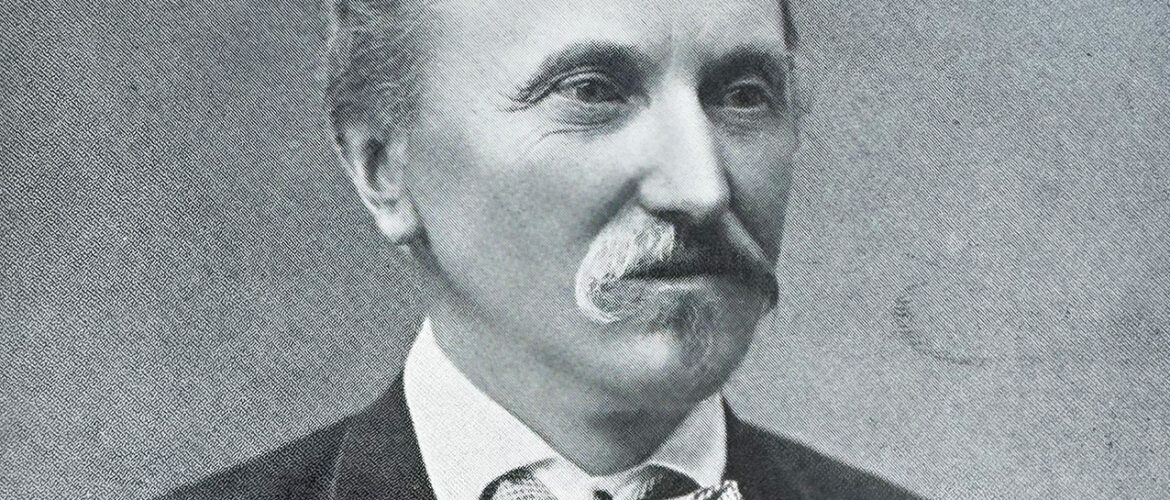1866-1927.
Housing inspector, municipal politician, physical education teacher.
After graduating from the Gymnastics Institute in Stockholm in 1893, Hildur Ottelin moved to Skolgatan 10 in Uppsala and lived there for a time with her brother. For several years she worked as a physical education teacher and physiotherapist at Lindska skolan and Anna Wikström's trade school for blind women.
In 1903, Ottelin invested in two farms at Stamgatan (today's Geijersgatan) 7 and 10 with the intention of renting out housing and settled herself in number 10. A year later, she bought land from vicar Otto Myrberg in Rickomberga, which was later sold cheaply to working-class families, and together they formed a housing association, Rickomberga Egna Hem, of which she was managing director from 1904 to 1923.
Later, Ottelin became a housing inspector under the Board of Health and in 1912 she became the first woman to become a member of the City Council when she was elected for the Social Democrats. Similarly, Ottelin also became the first woman in the county council chamber.
As a politician, she became known for her many controversial proposals and her involvement in housing and elderly issues. Hildur Ottelin continued to be involved in municipal affairs until her death.
Since 1950, a street in Uppsala, in the Rickomberga area, bears her name.
Burial site: 0148-1933
Image description: Hildur Ottelin, ca 1916- ca 1927 Photo: Klara Hacksell / UUBThe image is cropped]
Click here for an uncropped image

